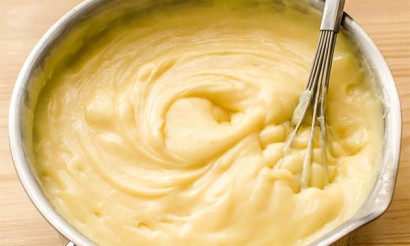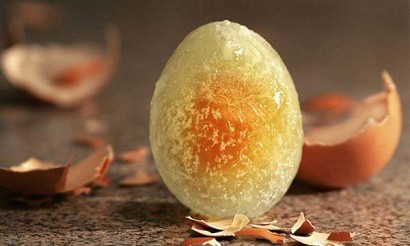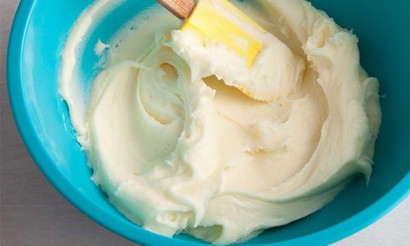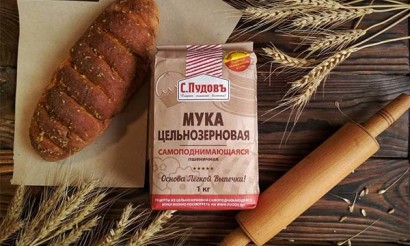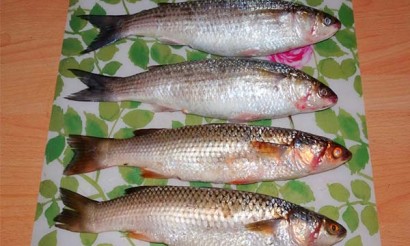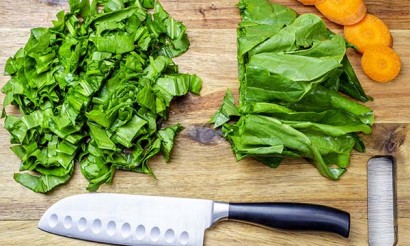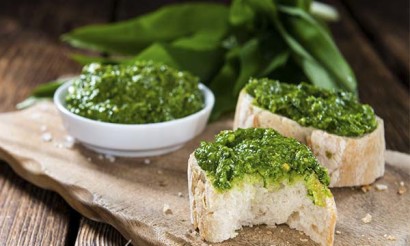At what temperature does vitamin C die?
Vitamin C is probably the most essential vitamin for the human body. Not only does it have powerful antioxidant properties, but it also performs numerous functions, among which the formation of ligaments, bones, tendons, blood cells and teeth is considered to be the main one. Everyone knows ascorbic acid and will be devoted to this article.
The necessity of vitamin C for the human body

Ascorbic acid is involved in numerous processes occurring in the body. Without it, it is impossible to:
- performing the process of hematopoiesis;
- strengthening the immune system;
- cleansing from toxins, harmful substances, carcinogens;
- normal bile secretion;
- recovery from illnesses;
- synthesis of some hormones;
- wound healing.
Vitamin C directly affects the functionality of the pancreas, which is one of the most important organs of the gastrointestinal tract. Its deficiency leads to severe fatigue, weakness, development of heart failure. Very important ascorbic acid for children - with its deficiency process of bone formation is delayed significantly. With avitominosis, that is, the complete absence of ascorbic acid in the body, people:
- increased weight;
- swollen and bleeding gums;
- hemorrhoids develop;
- vision deteriorates;
- hair falls out and baldness begins;
- bleeding in the muscles develops.
But an excess of vitamin C in the human body is also extremely undesirable. It causes nausea, diarrhea, heartburn, vomiting, and bloating. It also causes insomnia and kidney stones. The human body is very well organized, and when there is an excess of any substance, even if it is useful, it manages to eliminate it on its own. However, it is not recommended to overindulge in vitamin C. A balanced diet containing ascorbic foods in the menu will well cover the daily need for it. In most cases, taking the vitamin in the form of individual capsules, tablets or powders is impractical. Only if there is a lack of it, in winter and when the diet is poor, you can consume supplements with a high content of ascorbic acid.
It is worth noting that this component is irreplaceable. That is, the human body is not able to produce it on its own, but it can not fully exist without it. Therefore, it is very important that ascorbic acid comes from the outside. Also - it does not accumulate in the tissues and organs, which makes it necessary to constantly replenish the body with the vitamin.
Vitamin C requirements
On average, each person needs to consume 70 mg of ascorbic acid daily. But this figure is very relative. So, for people who smoke, this dose should be increased by 3 times. Then the useful substance will neutralize the effects of tobacco smoking. During pregnancy and breastfeeding, women need about 150 mg of the vitamin. Athletes who lead intensive training need at least 250 mg per day, if not all 500 mg. The dose depends on the characteristics of the sport in which the person is engaged.
Increased amounts of ascorbic acid are needed for people who are sick or in recovery. It does not matter what the illness was. In order for the body to be able to resist negative factors, recover and improve immunity, it is necessary from 500 to 2000 mg per day. The physiological norm of consumption of a useful element for the body increases significantly for the residents of northern regions. It can be increased by 2 or 3 times. The same applies to people working in difficult conditions, engaged in strenuous labor. The elderly need to consume at least 100 mg of vitamin C per day. As for people who consume any drugs or injections, their dose of ascorbic acid should be at least 150 mg.
Foods Containing Vitamin C
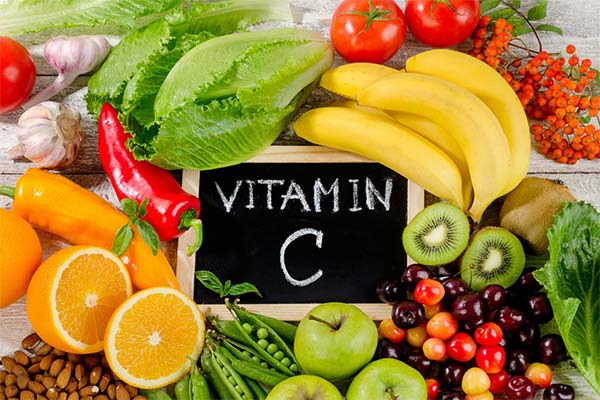
- The richest product in terms of ascorbic acid content is rose hips, the fruit of the wild rose that grows everywhere. In 100 grams of the product contains 425 mg of the useful substance. That's why nutritionists recommend making vitamin tea from dried rosehips during the cold season. It can also be used to make jams, jellies, marmalade.
- Sweet peppers are yellow (340 mg per 100 grams). You can add this delicious vegetable to any unsweetened dishes - salads, sauces, sandwiches, pizzas, stews. Peppers are stuffed and made into lecho.
- Green chili peppers are a vegetable rich in ascorbic acid. Its rate is 240 mg per 100 grams, which significantly exceeds the amount of the same substance in lemons and oranges. Spicy additive can be used for salads, added to stews and sauces. However, green chili is contraindicated for people with GI problems because of its strong spiciness.
- Parsley is the record holder for vitamin C content among greens. There are 135 mg of ascorbic acid per 100 grams of the product. Fresh and dried greens can be added to any unsweetened dishes before serving.
- Red bell peppers contain 180 mg of ascorbic acid. It can be eaten fresh in salads, added to stews and sauces, and used on sandwiches.
- Kiwi is a tropical fruit, which contains almost 100 mg of vitamin C per 100 grams. Its uniqueness lies in the presence of a large amount of magnesium, which is necessary for better absorption of ascorbic acid. Use as a food kiwi in its fresh form, eating it simply or adding it to smoothies. You can also make a fruit salad with the addition of exot or squeeze juice from it.
- Broccoli is a very useful vegetable, which contains a lot of useful substances for the human body. It contains 83 mg of ascorbic acid per 100 grams. It can be eaten in any form - in stews and salads, when added in shredded form to cocktails, as a paste.
Next on the list are these foods:
- Brussels sprouts (82 mg);
- cloves (80 mg);
- mustard leaves (33 mg);
- kohlrabi (81 mg);
- papaya (94 mg);
- strawberries (59 mg);
- oranges (54 mg);
- lemon and lime (40 mg on average);
- pineapple (79 mg);
- cauliflower (47 mg);
- Peking cabbage (45 mg);
- grapefruit (38 mg);
- spinach (29 mg);
- gooseberries (28 mg);
- mango (27 mg);
- raspberries, blackberries (21 mg);
- green peas (15 mg);
- tomatoes (13 mg);
- potatoes (9.1 mg);
- Cherries (7 mg).
All of the above foods contain large amounts of vitamin C. Therefore, it is worth including them in the daily menu to make up for the lack of this substance in the body and ensure its normal functioning.
Characteristics of vitamin C
Unlike some other vitamins and minerals, ascorbic acid is destroyed by exposure to high temperatures. But, and this is not all. The main features of this substance are that:
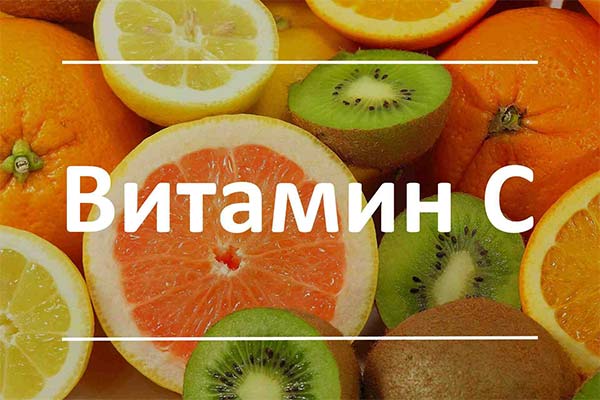
- Water-soluble ascorbic acid can break down even when stored for long periods of time.
- It reacts negatively to many physical and chemical influences.
- It oxidizes quickly.
- Destroys from contact with oxygen, light effects, high humidity and heat.
Processes of destruction of useful properties are carried out rapidly. Therefore, it is very important when introducing a diet of foods high in vitamin C correct use and storage. Thus, complete destruction occurs at a temperature of 89-90 degrees. This applies to fruit and vegetable crops. It would seem that the solution to the problem is to eat them only fresh. But here, too, everything is not so simple. Vitamin C content in fruits and vegetables also depends on storage conditions in warehouses, on how they were transported, whether they were protected from oxygen, excessive moisture and light.
Ascorbin degrades:
- Prolonged heating;
- boiling without a lid;
- Repeated reheating;
- Storing fruits and vegetables in copper or iron utensils, and even slicing.
For example, when boiled for 1 hour cabbage loses 50% ascorbic acid, carrots - 60%, mashed potatoes - 80%. With prolonged braising cabbage loses 85% of vitamin C, cabbage soup with sauerkraut when boiled for an hour are deprived of 50% of vitamin C. But if they will be stewed for three hours, they will lose 80% of the useful substance.
That's why experts recommend adhering to the following tips:
- Chop fresh herbs just before serving and put them on plates, not in a pot or pan.
- Boil, stew or fry vegetables at a brief boil or over high heat, in the case of frying, only under a closed lid.
- Vegetable dishes should be served immediately.
- Do not overcook in order to avoid reheating.
- Cut vegetables and fruit for salads quickly, just before they are served.
- There is no point in storing fruits and vegetables sliced and peeled because they will lose most of their vitamin C.
- Frozen vegetables should be placed in boiling water and cooked for a minimum time.
- Onions and garlic should be added to fresh dishes just before serving - after 15 minutes many of the useful components and bactericidal properties of vegetables will be gone.
- To make compotes and kissels, frozen berries and fruits are put into boiling water without defrosting.
- Boil vegetables for salads - carrots, beets, potatoes, need to be peeled - already when cleaned they lose about 20% of ascorbic acid.
- Salads are better dressed with lemon juice, and the second vegetable dishes - with peeled tomatoes before the end of cooking - so ascorbic acid will be better preserved.
To get the most out of fruits and vegetables, you need to learn how to brew tea with lemon correctly. If you add citrus while boiling, the destruction of vitamin C will be more than 80%. The best option is to put a slice of lemon in the already cooled drink, the temperature of which is 50 degrees. You should drink it right away. During the first 15 minutes, the ascorbic acid in the lemon slice in the tea is destroyed by 30%. Even a 5-minute boiling of compotes and other drinks containing fruit will lead to the decay of useful components by 50%. Therefore it is recommended to boil fruit drinks for a very short time, less than 5 minutes.
These recommendations do not apply to the boiling of herbal or rosehip brews. When boiled for a short time, they lose a minimum amount of vitamin C. In principle, this applies to all dried berries. Well preserved ascorbin in jams, syrups and other sweet casseroles. Even heat treatment does not play a significant role here. After all, the acidic environment inherent in berries and fruits, provides maximum preservation of ascorbic acid. But, nevertheless, do not boil jam or boil compote for the winter for too long. Natural acids such as citric, oxalic, and malic acids can keep the treat tasty and healthy.
Vitamin C is destroyed not only by heat, but also by freezing. In this storage method, it is destroyed on average by 30%. But the rest is perfectly preserved. In general, freezing is one of the best ways to store foods with high vitamin C content. Destructive effect of 30% is considered quite negligible.
Despite all the usefulness of fresh fruits and vegetables, not always their consumption is justified. For example, in the winter time it makes no sense to buy fresh cucumbers and tomatoes, hoping that they contain vitamins. Growing under unfavorable conditions, the use of various additives in the process, prolonged storage and transportation completely destroy ascorbic acid. It is more prudent to use frozen vegetables that have been put in storage during the hot season of their harvest. It is also better to consume home-prepared berries made in season in winter than to buy tropical fruits in the supermarket.
No type of cooking will allow the nutrients, particularly vitamin C, to be fully preserved. Even in fresh salads, it escapes rapidly, already when cutting vegetables. However, if you adhere to the above tips, it is still possible to preserve the maximum amount of ascorbic acid.
«Important: All information on this site is provided solely for introductory purposes only. Before applying any recommendations, consult a specialist. specialist. Neither the editors nor the authors shall be liable for any possible harm caused by materials."

